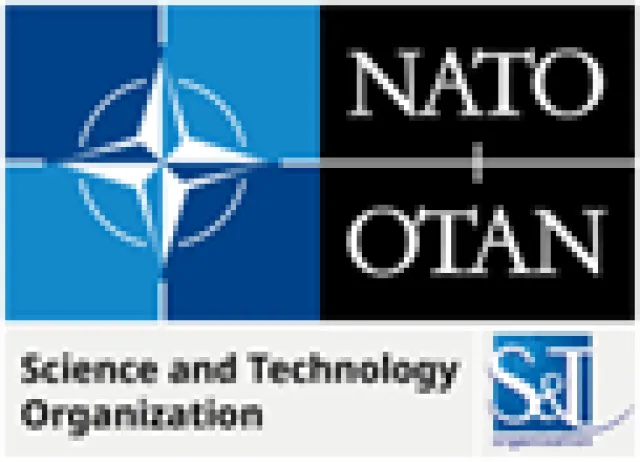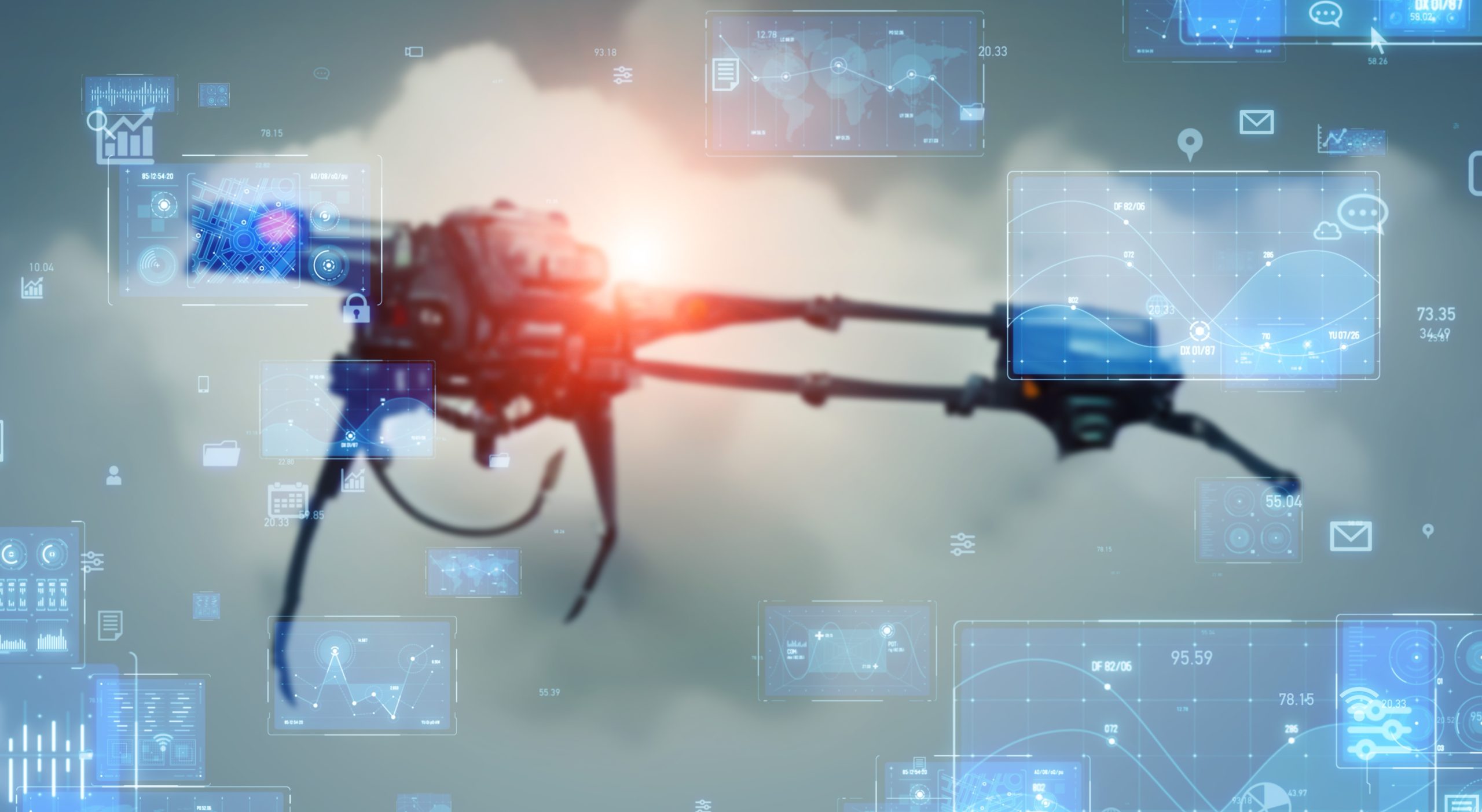Technology Working Group
Headline: NATO should develop and share a high-level “grand strategy” to drive innovation and EDT adoption. The strategy should be comprehensive, from creating the conditions for a dynamic, responsive innovation ecosystem through the development process (identification, test, learn, refine, iterate, validate, scale) to delivery, adoption, and integration. This grand strategy should include the purpose of innovation and EDT adoption, the roles of NATO stakeholders and external players, and the ways and means to ensure dynamic, accelerated, and effective (interoperable, high impact) innovation and EDT adoption. An external and frank audit of how NATO currently facilitates innovation and EDT adoption with respect to NATO ambition may help identify key areas for improvement.
- Adopt a systems approach to EDT capability integration (e.g., DOTMLPFI – doctrine, organization, training, material, leader development, personnel, facilities, interoperability), and life cycle management and sustainment, including in-life modernisation and obsolescence management. Improve the quality, depth, and breadth of dialogue with private sector players to leverage the full spectrum of private sector contributions to NATO innovation and EDT adoption. Communicate defence needs as discrete (but sufficiently broad) concepts of operation that would enable and leverage the private sector’s ability to creatively develop innovative approaches.
- Focus innovation on those EDTs (or new applications of existing technologies) that add greatest value for NATO’s priority defence challenges, especially those that need military input and guidance and funding to respond to priority defence challenges. Follow through with full resourcing and refinement of NATO innovation initiatives (i.e., DIANA, NATO Innovation Fund) and accelerate and expand as possible to exploit their potential.
- Adopt agile development and acquisition principles to accelerate development and delivery and improve opportunities to better leverage contributions from the private sector to address defence problems. Promote modularity, compatible digital backbones, and NATO standards. Revise NATO resource and capability development processes to improve agility, enable rapid iteration, allow for failure, and accelerate development and delivery.
- Use market incentives and levers to promote defence-related research, development, testing (e.g., meritocratic competitions) and experimentation. Leverage all domain opportunities for operational experimentation. Improve adaptive, responsive military concept development to accelerate and improve adoption of maturing EDTs (i.e., concepts of employment, doctrine, and TTPs). Account for data and cyber security, supply chain security, climate change-related requirements (and others) in the NATO innovation and EDT adoption processes.
- Address technological literacy among policy makers, decision makers, resource managers, and operators. Consider adaptive adult learning, scenario-based experiences, and simulations to provide high-impact training and education to leaders with limited time. NATO Digital Transformation will advance interoperability in data, connectivity, and networks and should be implemented rapidly as a foundational enabler for EDT adoption. Likewise, NATO’s Multi Domain Operations Concept and Implementation Strategy will be drivers for interoperability requirements (see Warfighting Development Imperatives).
Military Strategy and Future Force Working Group
Headline: There is insufficient urgency in relation to the risks of not leveraging sufficiently, and on an organised basis, the benefits of new technologies for strengthening the combined operational capacity and political unity of the Allies. This greater sense of urgency should lead to adopting an “end-to-end” approach to technological innovation and transformation among the Allies and across the Alliance; this comprehensive approach should incorporate political, institutional, procedural, operational and industrial dimensions, possibly starting at the forthcoming 75th NATO anniversary summit in Washington, D.C., in July 2024.
- A deliberate and comprehensive approach to technology should be driven by the concept of “participatory enterprise”. This is where national governments, international organisations, and industry, including technological startups, enter a compact to structure and accelerate the transformation of defence and security and be prepared to address with civil society the potential risks and constraints associated with increased technological dependencies, from the standpoint of national security policy, civil-military relations and ethics.
- As this report makes clear, while the forthcoming technological revolution brings military risks as well as opportunities for the Allies, it also requires a broader, more holistic, more imaginative, and more innovative approach to defence policymaking and defence organisation. This means that alongside the forthcoming technological revolution, defence establishments and the armed forces must initiate and manage competently a conceptual revolution of possibly unprecedented complexity and consequence.
Capabilities Working Group
Headline: The strategic environment we will face in 2035 will be bleak. Taken together, the nature of the 2035 threat will likely be high-tech, industrialised and protracted, and will require whole of government, fully mobilised, resilient, national responses, including incentivising industry for surge capacity and protracted production. The budgets generated to finance these must be affordable. However, they will require further increases – there is no peace dividend now in sight.
- No one nation will be able to respond adequately to address this wide spectrum of threats alone. Responses will need to be founded on cooperation and integration of Allied and like-minded Partner nations, both in the NATO and Indo-Pacific regions (emerging examples will include AUKUS and other regional groupings such as the UK Joint Expeditionary Force (JEF)). This will require cultural change, including more technology transfer, interoperability, standardisation, joint procurement, logistics and sustainment.
- The biggest risk Allied and Partner countries face is time. They will lose their already tenuous competitive advantage against threats if they fail to make the necessary bold adaptations, which include optimising political and military cooperation frameworks to integrate new EDTs at pace in multi-domain concepts at scale (for example: the Replicator and DIANA initiatives and the NIF and emerging JEF capabilities funding mechanisms).
- An advantage exists: the recognition that this is a moment not experienced for some time, which if seized can put advanced democracies in a position to field capabilities in 2035 that will remain functional until 2060 in some cases. This advantage, then, is the collective ‘Western’ unity of purpose against the distinct but increasingly aligned State threats we face. This provides the opportunity for accelerated adaptation and learning through pragmatic change management, which in turn requires vision and top-down leadership empowered by clear guidance from statesmen.
- This also means our capability strategies and approaches must be adapted and accelerated, our adoption of tech and integration processes must be focused on generating speed while ensuring effective testing, experimentation and demonstration. This will require closer partnerships with industry to adapt and adopt new acquisition and sourcing processes. Nonetheless, we must also maintain the established processes that work and sustain our legacy systems while seeking out new methodologies (with industry advice) to do this. The NATO Defense Planning Process (NDPP) plays a necessary role. But it must be complemented by vanguard groupings under lead nations that can and will go faster if provided with innovative investment funding mechanisms.
- What does this mean for capabilities? The emerging and disruptive technologies such as AI, quantum, big data, improved processes in digital sourcing et al, will need to complement and improve legacy capabilities, but they will also enable key new capability categories.
Strategy and Policy Working Group
Headline: By 2035, there well could be a NATO 4.0 adaptation, shaped not just by geopolitical change but a revolution in military technology beginning in this decade that changes the very character of warfare. There is also the possibility that instead of a NATO 4.0 driving military technology in 2035, NATO will remain at the outdated version 3.0 because the Allies did not move fast enough to stay on the leading edge of technology. NATO’s adversaries may have made a different decision.
- NATO in 2035 could see the US still in a leadership role but with reduced engagement in NATO, for political reason or because the US is occupied in another theatre, like the Indo-Pacific. If current defence spending trajectories hold, the European pillar at NATO, including Ukraine, may have the capability and willingness to take on more responsibility and fill gaps left by US forces being used elsewhere. But filling those gaps seamlessly will be critical, as the Russian threat to European stability will likely have increased. By 2035, a seething Russia could be in the middle of rebuilding a more professional and capable military guided by lessons from the war in Ukraine, including incorporating modern military technology. A hostile China will likely be seen by NATO as more of a threat than it does today, continuing unabated its military build-up and harnessing new military technology.
Industrial Implications and Procurement Working Group
Headline: It is not enough that our leaders are seeking to understand new technologies – that is only the first step – they must assign time and effort and make it their business to reform the policies that add friction to innovation pull through, shorten the processes, better align incentives, and create a culture that embraces risk in a different way.
- Effective adoption of new technology will provide a strategic advantage over our enemies which can improve both deterrence and the chance of victory in combat. This edge is best defined today by two overarching functions: 1) Increased speed of the understand-decide-act cycle, leading to an accelerated tempo of operations and 2) Increased lethality through increasingly smart autonomous systems. Both functions are, ultimately, the result of innovations in software but is all for nought without effective adoption and bringing new technology to bear on the mission.
- Governments have an innovation adoption problem, not an innovation problem per se. Therefore, if the democracies are to be serious about fixing this challenge, leadership at the highest level must focus on fixing the adoption process with clear accountability for pulling through new technologies from research to production. There are excellent examples of innovation adoption models in the Alliance. We should be thinking of Picasso; good artists borrow, great artists steal. Nations should steal these great examples; don’t reinvent the wheel! The private sector will continue to be the beating heart of innovation (70% of all research and development comes out of the private sector) due to economics and talent. Commercial innovation will continue to accelerate as AI increases the productivity of industries and the effective adoption of dual use technologies will increasingly become essential to delivery of cutting-edge capabilities.
Training and Leader Education Working Group
Headline: Defence and security institutions need a more accessible, continuous, personalized, and adaptable learning culture to gain and sustain an intellectual edge over competitors and adversaries.
- Defence and security institutions need a more accessible, continuous, personalised, and adaptable learning culture to gain and sustain an intellectual edge over competitors and adversaries. Training and Leadership Education is crucial for the competitiveness of the Alliance. Professional development in defence and security should consider the concept of a “Total Defence” scenario in a poly-crisis and comprise 4 main categories: 1) Command leadership and ethics, 2) Joint warfighting/multidomain war fighting, 3) Strategy and Policy, and 4) Technology and capability.
- Institutions in defence and security should define and clearly communicate what they require in terms of skills, knowledge, and experience at all ranks/grades (and, preferably, by individual posts). They should properly resource the learning and professional development process with time, money, and personnel. The institutional leaders – at the time – must own the whole process and advocate for it on behalf of their institutions (stewardship).
- The equivalent of 2.5 % of national security and defence budgets should go to professional development, including education and leadership development [this figure is analogous to UK national target for expenditure on R&D]. The 2.5 % for professional development should be counted towards each country’s contribution to meeting the NATO commitment to spend at least 2% of GDP on defence.
Ethics and Legal Working Group
Headline: NATO has good reasons to agree and promote ethical norms and guidelines about the military uses of new technologies. However, the present prospect of winning consent from Russia, China, and the Global South to new international law is not promising.
- While seeing what can be done to create diplomatic common ground for a new international treaty, and considering how the new technologies might enhance its own compliance with current International Humanitarian Law, NATO should also focus on strengthening agreement on norms among its member-states and using its market-power and liaison with professional bodies to promote them worldwide. In addition, it should support the relevant education of senior decision-makers.
The Dreadnought Working Group
Headline: NATO and allies should recognize that strategic shock often arises from incorrect intelligence assessment and therefore improve intelligence sharing and assessment among individual allies (not NATO collectively) – this is possible when there is a shared interest. There should be greater red teaming of assessments by using AI/computing.
- Enhance resilience using Total Defence concepts, fulfilling NATO’s baseline requirements on resilience, and ensuring alignment with the NDPP. The risk of unrest/uprisings as reactions to potential use of nuclear weapons should be addressed by engaging civil society. Start considering asymmetric responses – creating unexpected combinations of responses with difficulty of attribution, massive cyber-attacks, attacks on satellite systems, hitting for instance internet, banking, food and water supplies, and create our own Dreadnought moment.
- Ensure flexible response options. For the military, long range delivery systems, conventional and or nuclear, are needed. Nuclear weapons are our strongest response and that instrument needs to work better to be credible. An interesting conclusion is that new technology is just one element that is necessary for military strategy. Rather, technology needs to be seen as part of a broader civil/military system if it is to be decisive. As with nuclear weapons, EDT combinations could indeed help deliver strategic military shock, but they need to be incorporated into a wider system to be effective.
Report authored by Julian Lindley-French and David Richards
Wilton Park | October 2023
In partnership with






-
Notes
Wilton Park reports are brief summaries of the main points and conclusions of a
conference. The reports reflect rapporteurs’ personal interpretations of the proceedings.
As such they do not constitute any institutional policy of Wilton Park nor do they
necessarily represent the views of the rapporteur. Wilton Park reports and any
recommendations contained therein are for participants and are not a statement of policy
for Wilton Park, the Foreign, Commonwealth and Development Office (FCDO) or His
Majesty’s Government.
Should you wish to read other Wilton Park reports, or participate in upcoming Wilton Park
events, you can find out more here.
To receive our monthly bulletin and latest updates, please subscribe here.
